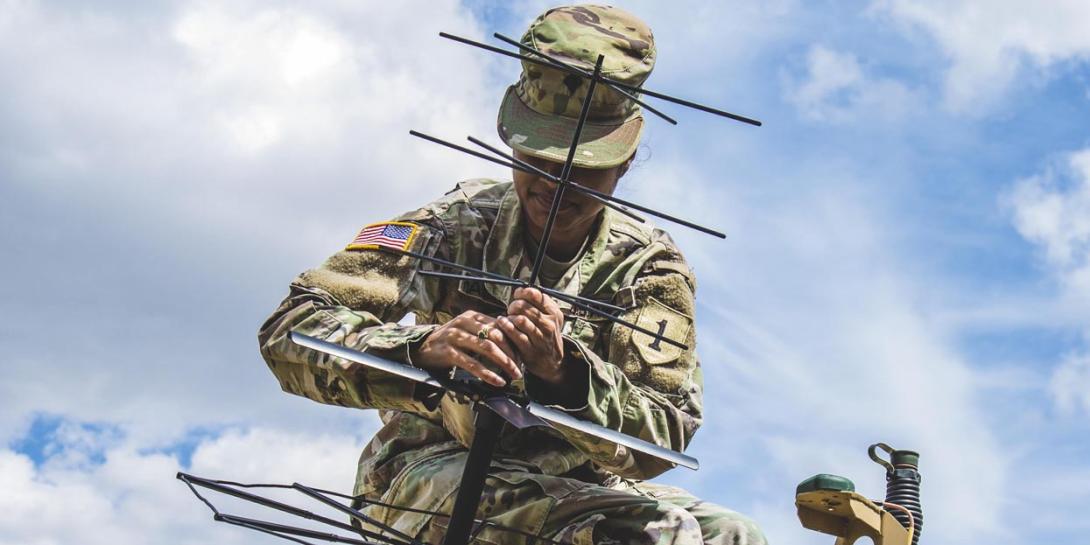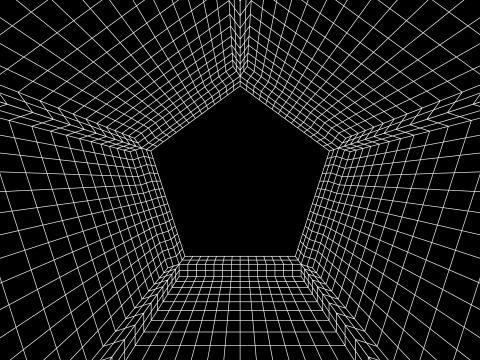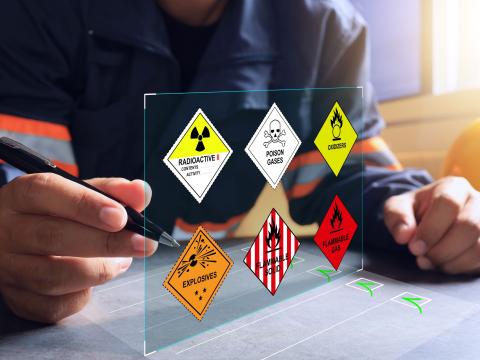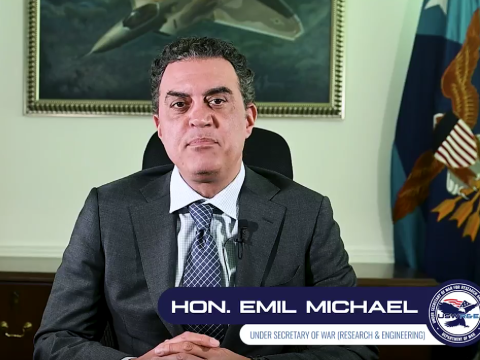DoD to Deliver Initial JADC2 in Coming Months
The U.S. Defense Department has entered the first phase of delivery on a sweeping capability known as Joint All-Domain Command and Control (JADC2), a once-in-a-generation modernization of the military’s approach to commanding forces.
Department officials aim to deliver a minimal viable product that includes an array of capabilities, such as a fundamental platform, identity control access management, zero-trust cybersecurity and data transport capabilities, according to Lt. Gen. Dennis Crall, USMC, director for command, control, communications and computers/cyber and chief information officer, Joint Staff/J-6. Once the minimal viable product, also known as an MVP, is in place, the department can continue to add capabilities.
Gen. Crall participated in so-called fireside chat on the final day of AFCEA’s TechNet Augusta conference in Augusta, Georgia. Lt. Gen. Robert Skinner, USAF, director, Defense Information Systems Agency (DISA), and commander, Joint Forces Headquarters-Department of Defense Information Network, also participated. Both generals appeared via live video.
For the past six months, officials have been building the fundamental documentation necessary to make JADC2 a reality. That includes a strategy document and a posture review identifying gaps in capabilities.
“We find ourselves now in the first phase of the implementation plan. This is where it becomes very real,” Gen. Crall asserted. “This is the opening gambit of our formal delivery schedule, and it’s already begun."
Lt. Gen. Dennis Crall, USMC, director for command, control, communications and computers/cyber and chief information officer, Joint Staff/J6: This is the opening gambit of delivery [for JADC2], and it's already begun.#AFCEATechNet
— George Seffers (pronounced See furs) (@gseffers) August 19, 2021
Gen. Skinner suggested the MVP could be fielded in a matter of months. “We’re leveraging JADC2 and the concepts that Gen. Crall has identified and to really get after producing something—and not producing in five years, not producing in four years, but producing something in less than six months,” he said. “If we cannot produce a minimum viable product in less than six months, then we need to re-look at our acquisition strategy, we need to re-look at the initiative that we have because that is just way too slow when you look at the adversary that we are going against.”
Lt. Gen. Robert Skinner, USAF, director, Defense Information Systems Agency, and commander, Joint Force Headquarters-DODIN: JADC2 is one of the most imp initiatives in the department because it is what will set us up for success in the future.#AFCEATechNet
— George Seffers (pronounced See furs) (@gseffers) August 19, 2021
One reason the department could move so quickly is that officials already have identified systems in the department’s existing technology arsenal that will contribute to JADC2 capabilities. “Part of that is recognizing some pieces that are already out there, and we’re starting to get some buy-in for people to take a look at the value and how that’s driven,” Gen. Crall reported.
The JADC2 MVP will include a wide array of features, Gen. Crall revealed. The first is the platform. “We don’t need to build everything from scratch … but we have the ability to have something that’s common and an extensible capability for all. It’s going to be built from the best of breed, and that’s what we’ve done already. We think we’ve found a few that seem to meet that need,” he said.
The platform itself will offer a container repository, secure and rapid software development processes known as DevSecOps, source code repositories and “continuous ATO cycle,” which presumably refers to a continuous air tasking order cycle. “I think we have a viable product we can roll out now with some custom configuration, allowances on top of that for unique capabilities,” Gen. Crall stated.
Identity credential access management is another critical feature. “We really have to make sure we get that right, or the follow-on pieces of artificial intelligence can’t be realized. It’s fundamental for us to move forward, and we think we can have a multisolution approach to get after that,” Gen. Crall said.
Zero-trust cybersecurity also will be included in the JADC2 MVP. Gen. Crall mentioned Thunderdome specifically, which Gen. Skinner’s team at DISA is developing on an aggressive schedule. DISA officials say they will not pressure others in the department or the military services to adopt Thunderdome, but Gen. Crall hints that it might be the solution. “We talked about the ability to have a little bit of divergence in some of the other areas. We’re not so sure. This one may be one that we really do have to be all in together to make that [zero trust] architecture work properly.”
LTG Dennis Crall, USMC, director for command, control, communications and computers/cyber and CIO, Joint Staff/J6, says the intel community has pushed DOD past the tipping point to bring #ZeroTrust on faster.#AFCEATechNet
— George Seffers (pronounced See furs) (@gseffers) August 19, 2021
With appropriate levels of funding, Thunderdome will enhance both the Non-classified Internet Protocol Router Network (NIPRNET) and its classified cousin the Secret Internet Protocol Router Network (SIPRNET). “A year ago, we were talking broad concepts and debating whether we could scale it. Now [Gen. Skinner has] got a blueprint that’s in front of us and a way ahead that, if funding comes through properly, will address both NIPR and SIPR. SIPR really has been our primary concern because I believe that is the area that needs the most work,” Gen. Crall offered.
The transport layer most likely will have a commercial backbone with cryptography layered on. It will need to reach over the continental United States along with other regions. The department may adopt multiple solutions. Officials are looking at everything to determine best-of-breed.
The initial JADC2 also will allow greater information sharing with partners and allies in NATO and the so-called Five Eyes countries that work closely together on information sharing.
“And finally, an area that I’m excited about is our mission partner environment. We promised that we’d bring our partners along with us—not as an afterthought. We really do have, we think, an [initial operating capability] at the secret and below releasable environment,” Gen. Crall told the audience. “There’s been some resistance to that over the past several months for a host of reasons, but the more we’ve demonstrated this, people have seen the logic and the capability.”
The JADC2 MVP capability could be in place at Central Command in the form of a “virtual private hybrid cloud kind of solution” in the 2022 fiscal year, Gen. Crall offered.
It will be assessed during the Bold Quest exercise in October and November.
“I’ve made comments over the past year that I didn’t think we had a way ahead. Industry didn’t really seem to provide a usable solution for us. That’s changed,” Gen. Crall told the conference audience. “I think a few people were insulted by my comment, and I couldn’t be more proud. I think they ran away, came back and have really shown some demonstrations of capability further along than I imagined it would be.”





Comments